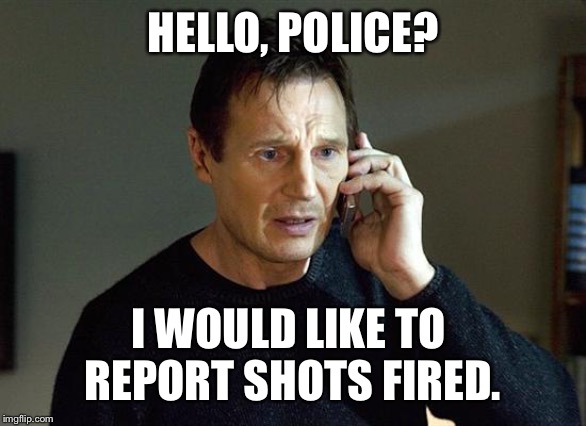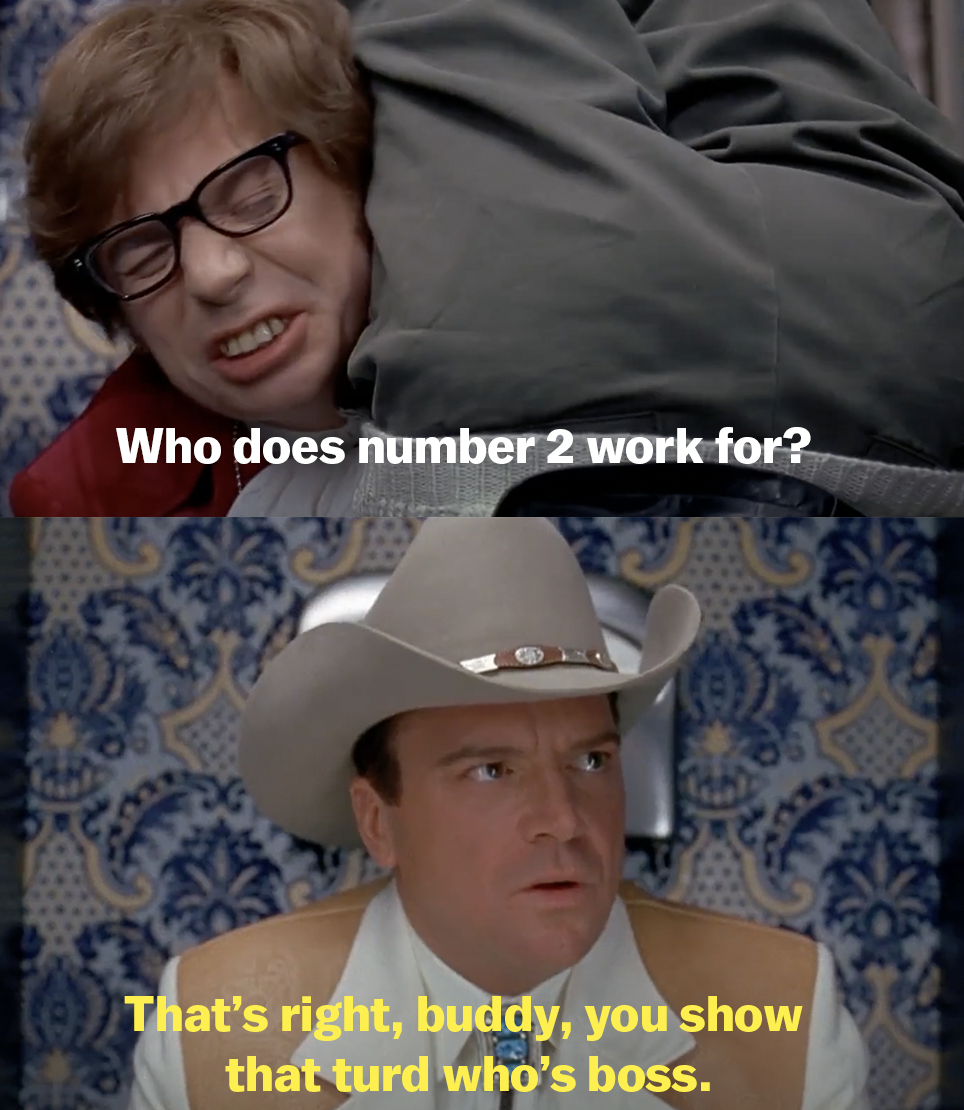Take a photo of a barcode or cover
slow-paced
In between wondering what Dame Christie was even thinking when she wrote this and wondering whether I can get some of whatever she was on, I've settled on rating The Big Four 3 stars, because it...wasn't boring.
First...Christie gets in a few jabs at Sir Arthur Conan Doyle:
[Poirot] aimed more and more, as time went on, at being considered a "consulting detective"--as much a specialist as a Harley Street physician. He had always scoffed at the popular idea of the human bloodhound who assumed wonderful disguises to track criminals, and who paused at every footprint to measure it.

"H'm!" said Dr. Ridgeway, when he had finished. "Curious case."
"Brain fever?" [Hastings] suggested.
The doctor immediately snorted with contempt.
"Brain fever! Brain fever! No such thing as brain fever. An invention of novelists."
Yes, that's right. The novel opens with the return of Arthur Hastings, narrator of the first three Poirot books, from South America, where he's been living happily ever after with his "Cinderella." Originally planning to be in Europe for a few months, his visit gets stretched out to nearly a year as he's swept up in a case like no other Poirot has ever undertaken. In fact, it seems more like an adventure from a James Bond movie (decades before Bond's creation) than the normal intellectual mysteries Poirot solves with his "little grey cells."
A filthy, emaciated surprise visitor to Poirot's quarters (the man not suffering from "brain fever"), delivers this startling speech:
"Li Chang Yen may be regarded as representing the brains of the Big Four. He is the controlling and motive force. I have designated him, therefore, as Number One. Number Two* is seldom mentioned by name. He is represented by an 'S' with two lines through it--the sign for a dollar; also by two stripes and a star. It may be conjectured, therefore, that he is an American subject, and that he represents the power of wealth. There seems to be no doubt that Number Three is a woman, and her nationality French. It is possible that she may be one of the sirens of the demi-monde, but nothing is known definitely. Number Four--"
His voice faltered and broke. Poirot leant forward.
"Yes," he prompted eagerly. "Number Four?"
His eyes were fastened on the man's face. Some overmastering terror seemed to be gaining the day; the features were distorted and twisted.
"The destroyer," gasped the man. Then, with a final convulsive movement, he fell back in a dead faint.
You know he's going to die, right? People drop like flies in this one. Poirot and Hastings run all over Europe trying to track down the identities of the THE BIG FOUR and to stop them from "destroy[ing] the existing social order, and [replacing] it with an anarchy in which they would reign as dictators." (This was apparently originally a collection of short stories that Christie tied together to create a novel, which explains some of the disjointed and contrived connections.) Poirot fakes his own death and invents a fictitious twin, keeping Hastings in the dark the entire time because he is too dumb to act convincingly if he knew the truth. (I'm not marking that as a spoiler, because it's pretty obvious that Poirot can't really die at this point in the series.) It's all just so very very. And for that, I just can't limit Dame Christie to a mere two stars.
*
(This is also how I picture Number Four -- in one of his many disguises -- & Number Two.)
First...Christie gets in a few jabs at Sir Arthur Conan Doyle:
[Poirot] aimed more and more, as time went on, at being considered a "consulting detective"--as much a specialist as a Harley Street physician. He had always scoffed at the popular idea of the human bloodhound who assumed wonderful disguises to track criminals, and who paused at every footprint to measure it.

"H'm!" said Dr. Ridgeway, when he had finished. "Curious case."
"Brain fever?" [Hastings] suggested.
The doctor immediately snorted with contempt.
"Brain fever! Brain fever! No such thing as brain fever. An invention of novelists."
Yes, that's right. The novel opens with the return of Arthur Hastings, narrator of the first three Poirot books, from South America, where he's been living happily ever after with his "Cinderella." Originally planning to be in Europe for a few months, his visit gets stretched out to nearly a year as he's swept up in a case like no other Poirot has ever undertaken. In fact, it seems more like an adventure from a James Bond movie (decades before Bond's creation) than the normal intellectual mysteries Poirot solves with his "little grey cells."
A filthy, emaciated surprise visitor to Poirot's quarters (the man not suffering from "brain fever"), delivers this startling speech:
"Li Chang Yen may be regarded as representing the brains of the Big Four. He is the controlling and motive force. I have designated him, therefore, as Number One. Number Two* is seldom mentioned by name. He is represented by an 'S' with two lines through it--the sign for a dollar; also by two stripes and a star. It may be conjectured, therefore, that he is an American subject, and that he represents the power of wealth. There seems to be no doubt that Number Three is a woman, and her nationality French. It is possible that she may be one of the sirens of the demi-monde, but nothing is known definitely. Number Four--"
His voice faltered and broke. Poirot leant forward.
"Yes," he prompted eagerly. "Number Four?"
His eyes were fastened on the man's face. Some overmastering terror seemed to be gaining the day; the features were distorted and twisted.
"The destroyer," gasped the man. Then, with a final convulsive movement, he fell back in a dead faint.
You know he's going to die, right? People drop like flies in this one. Poirot and Hastings run all over Europe trying to track down the identities of the THE BIG FOUR and to stop them from "destroy[ing] the existing social order, and [replacing] it with an anarchy in which they would reign as dictators." (This was apparently originally a collection of short stories that Christie tied together to create a novel, which explains some of the disjointed and contrived connections.) Poirot fakes his own death and invents a fictitious twin, keeping Hastings in the dark the entire time because he is too dumb to act convincingly if he knew the truth. (I'm not marking that as a spoiler, because it's pretty obvious that Poirot can't really die at this point in the series.) It's all just so very very. And for that, I just can't limit Dame Christie to a mere two stars.
*

(This is also how I picture Number Four -- in one of his many disguises -- & Number Two.)
adventurous
funny
mysterious
tense
medium-paced
Plot or Character Driven:
Plot
Strong character development:
No
Loveable characters:
N/A
Diverse cast of characters:
No
Flaws of characters a main focus:
No
Both in terms of the plot and character motivations, this was a very different story than most in the Poirot series. It felt more like an older Bond adventure rather than a 'whodunnit'/mystery. Not my favorite of Christie's.
Closer to 2.75. The Yellow Peril (not to mention the Red Menace) make for an at best unseemly and at worst racist baddie, though the story itself has some highlights, including a villianous Marie Curie-esque scientist, and Death By Chess. I'm at the point where Poirot (and Hastings, and the mysterious "Achille Poirot") are the main attraction, though hopefully there are less stories like this in the Poirot saga, in spite of our Belgian detective considering this his most important case.
2.5 stars. I am almost positive I've read this before but somehow it didn't make it on my Goodreads. But I think having read it before and having that feeling of familiarity made me not like it as much.
There is an understanding among modern writers that strong suspense relies on uncertainty: there is much that characters do not know, and the audience is only slightly ahead of them, if ahead at all.
Agatha Christie’s narrative style, when it comes to Poirot at least, relies on the audience guessing at what the characters already know, using subtle hints and outside knowledge; characters then explain things later. While this certainly works well for whodunnits, it takes a large amount of the thrill out of the international intrigue thriller.
I read this book specifically because of its reputation for being one of the worst works of a genre-defining author, and it lives up to the reputation. It is an excellent example of how not to write an intrigue novel.
Don’t get me wrong; by most metrics, it is a well-written book: themes and characters are consistent, methodologies, twists, and surprises are all foreshadowed with plenty of notice, and the rhythm and choice of words provides a consistent and easy-to-follow cadence that evidences a mastery of the art. The chapter-to-chapter connections are fairly disjointed, but this is the only other serious gripe. Even Christie’s excellent grip on scientific development is par for the course (Poirot regularly references the technology we now know as laser cutters and microwave guns as being in his enemy’s arsenal, even if we do not see them, decades before their invention).
But ultimately, this was intended to be a thriller, and ultimately it falls flat: the audience is not privy to the minds behind the chess game, only the moves, and only after they are made. There is no suspense, only a report of the events.
Agatha Christie’s narrative style, when it comes to Poirot at least, relies on the audience guessing at what the characters already know, using subtle hints and outside knowledge; characters then explain things later. While this certainly works well for whodunnits, it takes a large amount of the thrill out of the international intrigue thriller.
I read this book specifically because of its reputation for being one of the worst works of a genre-defining author, and it lives up to the reputation. It is an excellent example of how not to write an intrigue novel.
Don’t get me wrong; by most metrics, it is a well-written book: themes and characters are consistent, methodologies, twists, and surprises are all foreshadowed with plenty of notice, and the rhythm and choice of words provides a consistent and easy-to-follow cadence that evidences a mastery of the art. The chapter-to-chapter connections are fairly disjointed, but this is the only other serious gripe. Even Christie’s excellent grip on scientific development is par for the course (Poirot regularly references the technology we now know as laser cutters and microwave guns as being in his enemy’s arsenal, even if we do not see them, decades before their invention).
But ultimately, this was intended to be a thriller, and ultimately it falls flat: the audience is not privy to the minds behind the chess game, only the moves, and only after they are made. There is no suspense, only a report of the events.
More of a lampoon of Poirot. Still satisfying but in a different way. If I were being less generous I might say that this was Christie jumping the shark.
Always a letdown when you realize you've stumbled on one of Christie's "political" mysteries.
adventurous
mysterious
tense
fast-paced
Plot or Character Driven:
A mix
Strong character development:
No
Loveable characters:
No
Diverse cast of characters:
Yes
Flaws of characters a main focus:
Yes
adventurous
funny
mysterious
tense
medium-paced






